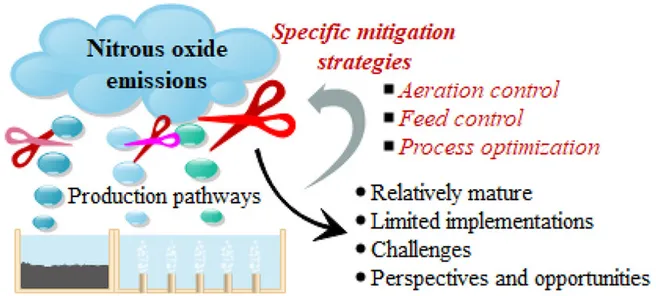Combinations of biological, oxidative and adsorptive advanced treatment technologies in hybrid systems hold promise to result in an improved mitigation of trace organic chemicals (TOrCs) from municipal waste- water treatment plant (WWTP) effluents. This study investigated potential process combinations including sequential biofiltration, ozonation and activated carbon adsorption and focused on synergies between these treatment steps. Results proved that pre-treatment of WWTP effluent using biofiltration resulted in a significant decrease in ozone demand for the transformation of TOrCs characterized by moderate reaction rate constants with ozone. At similar ozone doses the transformation of TOrCs was increased up to 25% when WWTP effluent was pre-treated by biofiltration compared to the transformation observed in WWTP effluent without pre-treatment. This was explained by the removal of dissolved organic matter during bio- filtration (21 ± 3% DOC and 11 ± 3% UVA254 ) reducing the competition for ozone. For 12 out of 14 investi- gated TOrCs biological and biological-oxidative pre-treatment using sequential biofiltration with intermedi- ate aeration or ozonation resulted in a substantial, up to 3-fold increase in treated filter bed volumes until a 10% breakthrough of granular activated carbon adsorbers was observed. Also here, the improved process efficiency was explained by the removal and structural alteration of dissolved organic matter during biolog- ical or biological-oxidative pre-treatment of the WWTP effluent.

